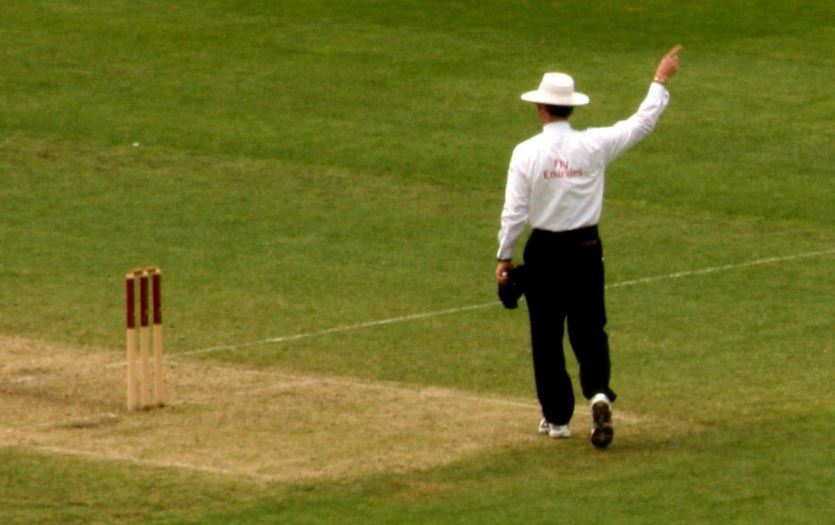In the last decade or so, slow over rates have started becoming a huge matter concern in Test cricket, as the slow pace of the longest format of the game is becoming less attractive for fans. According to the International Cricket Council (ICC) statistics from May 2018 show that over rates in the last year were the lowest in the 11 years they had been measured.

While the MCC has acknowledged that the introduction of the Decision Review System (DRS) was partly responsible for this, they believe a number of measures could be brought in to speed things up.
ALSO READ: ICC Well Withing Its Rights To Move ICC Events Out Of India?
The countdown clock is one of those suggestions, with the MCC statement proposing. Here are the suggestions they have given:
- A timer, to be shown on the scoreboard, to count down from 45 seconds from the call of “Over”. (This would be increased to 60 seconds for a new batsman on strike and 80 seconds for a change of bowler). If either side is not ready to play when the clock reaches zero, they would receive a warning, with further infringements in that innings resulting in five Penalty runs being awarded to the opposition. This is consistent with Laws 41.9 (Time wasting by the fielding side) and 41.10 (Batsman wasting time).
- A similar timer to be used at the fall of wickets, potentially with variable times, depending on the distance from the dressing rooms to the pitch, and at drinks breaks. Batsmen and fielders should be in position before the clock reaches zero.
- During DRS reviews, the standard protocol should be cut short as soon as the TV production team is aware that it will be Not out. For example, time is often spent trying to discern an inside edge for LBWs, only to see, for example, that the ball was missing the stumps. As soon as the ball-tracking has been loaded, if it will result in a Not out decision, the TV umpire should be informed immediately.
ALSO READ: MCC relaxes the Jacket restriction for the members
Apart from the above-stated proposal, MCC also said that the white-ball cricket rule in which a no-ball is followed by a free hit for the batting side can also be implemented in Test cricket.

Regarding the game, MCC’s press release read: “The MCC World Cricket committee recommends that Free Hits should be introduced after No balls in Test matches. The system is used in the white-ball formats and the added deterrent results in there being fewer No balls than in Tests.”
ALSO READ: MCC likely to add more power for the umpires over the beamer
It further added, “For example, England recently had a spell of 45 ODIs without bowling a No ball, yet they bowled eleven in the three-Test series against the West Indies. The system would not only be exciting for crowds when there was a Free Hit but also it would help to speed up over rates if fewer No balls are bowled.”
